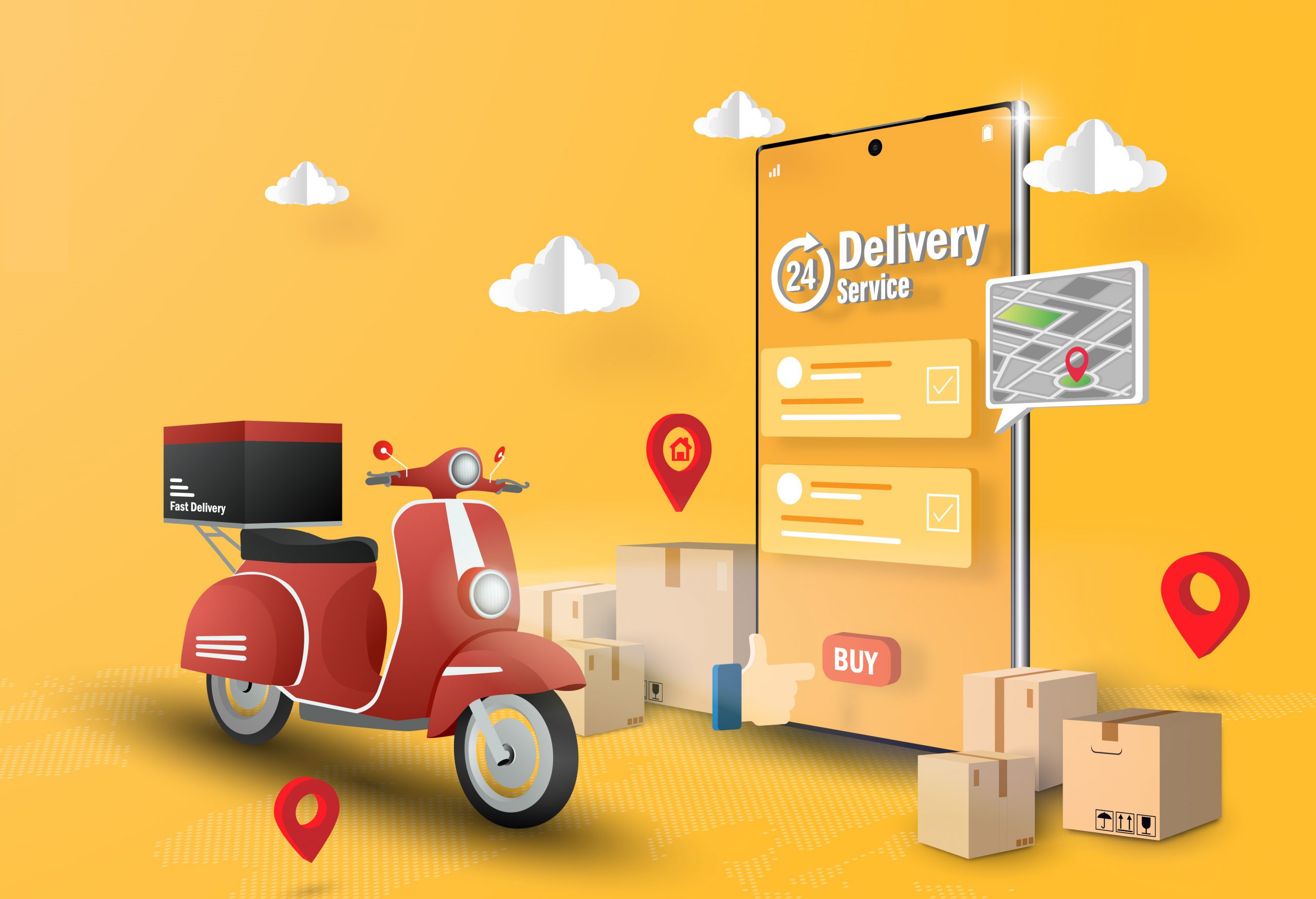The dynamic landscape of the food industry is undergoing a revolutionary transformation, significantly enhanced by the advent of online food ordering systems. These systems not only safeguard customer data through continuous connectivity but also introduce flexibility into the food delivery ecosystem. Recognized platforms like FoodPanda, Uber Eats, Seamless, Swiggy, and Postmates have set remarkable benchmarks, encouraging innovation in Food Delivery App Development.
Understanding Online Food Ordering Systems
An online food ordering system is specialized software that empowers restaurants and cafes to manage and accept food orders placed by customers online. Operating through both applications and websites, these systems enable customers to peruse menus, place orders, and allow restaurants to seamlessly fulfill those orders. For restaurants aiming to respond promptly to customer needs, developing an online food ordering system proves to be an excellent solution.
Steps to Create an Online Food Ordering System
If you aspire to create an online food ordering system, follow these essential steps:
1. Defining Objectives
Identify your business objectives by asking critical questions. Determine what improvements and additional features can be incorporated. Understand how to reach customers, create brand awareness, and set realistic expectations for the system’s outcomes.
2. Defining Functionality
Once objectives are clear, define the functionality needed for your food ordering system. Research competitor offerings, document requirements, and explore additional features to enhance user experience.
3. Creating a Budget
Establish a realistic budget, considering essential factors. Ensure flexibility for future modifications and avoid overcommitting funds. Strive to create a robust system within the allocated budget.
4. Seek Professional Assistance
Engage a software development company with expertise in developing food delivery systems. Experienced developers can provide valuable insights and contribute innovative ideas to enhance your system.
Features of an Online Food Ordering System
For Customers:
- Searching Menu:
- Enables users to explore restaurants based on cuisines and locations, providing a user-friendly experience.
- Placing Orders:
- Streamlines the ordering process, allowing users to place orders with a few taps, customize dishes, and check out effortlessly.
- Tracking Delivery:
- Real-time tracking of delivery partners, enhancing transparency for users regarding delivery times and partner locations.
- Payment Integration:
- Multiple payment options, including credit/debit card payments, through secure gateways like Stripe and Braintree.
For Drivers:
- Driver’s Profile:
- Allows drivers to maintain updated personal profiles, including address, name, email, contact details, and a profile picture.
- Order Notifications:
- Instant push notifications for new orders, ensuring drivers receive prompt updates for efficient service.
- GPS for Food Delivery:
- Utilizes GPS maps to help drivers choose optimal routes for timely and efficient food delivery.
Admin Panel Features:
- Restaurant Management:
- Directly manages restaurant services, updating the application with menu changes, price adjustments, and status updates.
- Report & Analytics:
- Generates real-time reports and analytics, providing insights into growth, expansion, and system performance.
- Action Monitoring:
- Monitors driver actions, including delivery status, order cancellations, and other relevant data for performance evaluation.
Advantages of an Online Food Ordering System
- Sales Boost:
- Tracks visitor numbers, locations, and popular menu items, providing insights for business promotion and customer engagement.
- Efficient Customer Management:
- Streamlines the entire ordering process, captures accurate customer data through GPS, and enhances customer relationships.
- Brand Promotion:
- Facilitates brand marketing through loyalty programs, promotional emails, and social media reviews, fostering brand awareness.
- Enhanced Business Operations:
- Simplifies and improves ordering processes for both restaurants and customers, ensuring data accuracy and operational efficiency.
In conclusion, developing an advanced online food ordering system involves careful planning, consideration of essential features, and leveraging the expertise of professional software development teams. Implementing such a system not only enhances the efficiency of restaurant operations but also elevates the overall customer experience in the rapidly evolving food delivery landscape.

